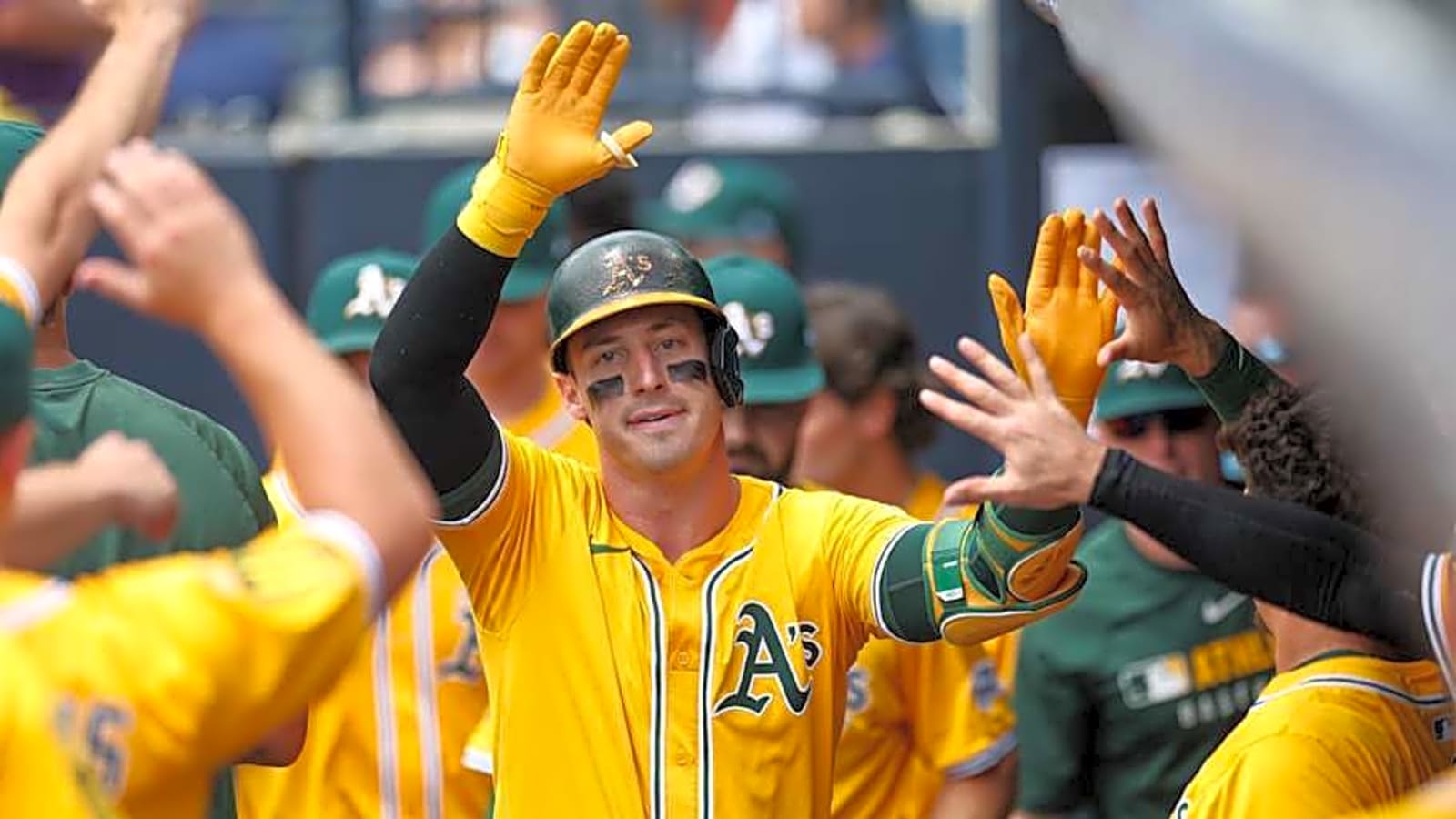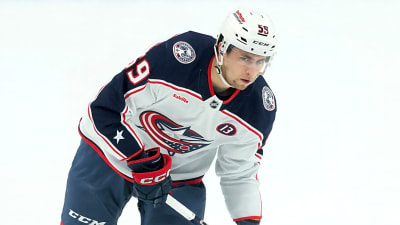
A's slugger Brent Rooker is set to compete in Monday's Home Run Derby, and he'll be up against some of the top players in the game. Former teammate Byron Buxton and AL West rival (and home run leader) Cal Raleigh are just two of the participants that will be joining Rooker in taking hacks.
But there is one key factor that will be a distinct disadvantage for Rooker and a couple of others, and that's simply the dimensions of Truist Park in Atlanta. The fence in left field is a full ten feet further from home than the one in right field, giving lefty bats a fairly sizable advantage in the upcoming Derby.
Just one quick look at Rooker's spray chart shows that he's definitely more of a pull hitter, so he'll have to launch balls further in order to get them out. Just four of Rooker's extra-base hits this season have been served to right-center field, with the vast majority of his damage coming to left and left-center.
Just one quick look at Rooker's spray chart shows that he's definitely more of a pull hitter, so he'll have to launch balls further in order to get them out. Just four of Rooker's extra-base hits this season have been served to right-center field, with the vast majority of his damage coming to left and left-center.
That all said, this is batting practice, where lazy fastballs will be grooved into each player's hitting zone, so most balls will go well over the 335 feet that it takes to hit it out to left field in most instances. There is still a chance that a ball or two will fall just shy of the wall, that would have gone out on the other side of the park. Those balls could be the difference in this Derby.
It's also important to note that Rooker has been heating up over the past month, and has reached a new gear in his last seven games. He's batting .278 on the year, but in his last 30 games he's closer to the player he was last season, belting seven homers while batting .295, and in his last seven, he has a pair of home runs, but is batting .346.
The rules for this year's Derby are a little different that in year's past. Each participant will have three minutes or 40 pitches (whichever comes first) to hit as many dingers as they can. There will still be bonus periods, but those will be limited to outs instead of time. The bonus round is over when a player records three outs.
The top four dinger leaders will then advance to the semifinals, which is a knockout phase. The No. 1 and No. 4 seed from the first round will face-off, while the No. 2 and No. 3 seeds will go head-to-head. Players will have two minutes or 27 pitches to do their damage. Ties in that round are decided by a 60 second "swing-off."
The winners from the semis advance to the finals, where it will once again be two minutes or 27 pitches to crown a winner.
More must-reads:
- Athletics slugger has surprising assessment of Yankees' Aaron Judge
- Six takeaways from the 2025 MLB All-Star Game
- The 'MLB All-Star Game MVPs' quiz
Breaking News
Trending News
Customize Your Newsletter
 +
+
Get the latest news and rumors, customized to your favorite sports and teams. Emailed daily. Always free!








